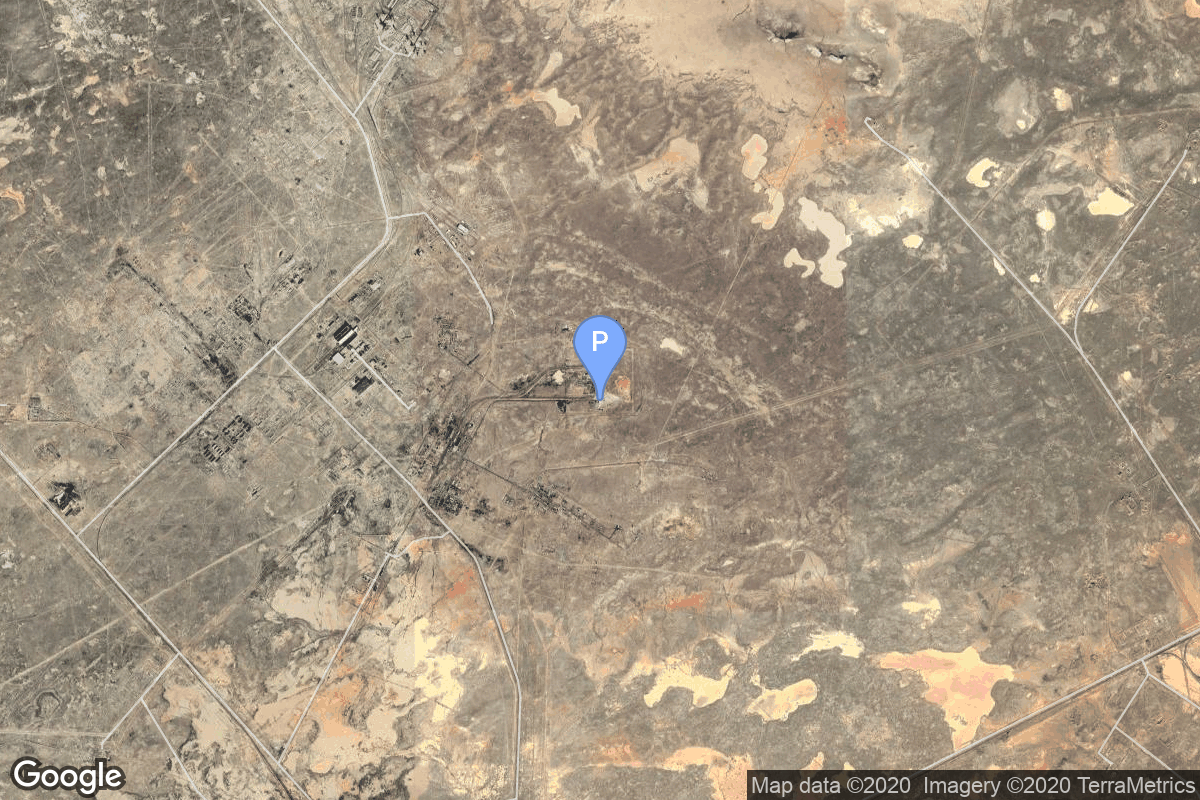Soyuz T-8
Soyuz-U
Soviet Space Program
Crew

Vladimir Georgiyevich Titov
- Birthday: 01/01/1947
- Role: Commander
- Nationality: Russian
- First Flight: 04/20/1983
- Last Flight: 09/26/1997
Vladimir Georgiyevich Titov (Russian: Владимир Георгиевич Титов; born 1 January 1947 in Sretensk, Zabaykalsky Krai, Russia) is a retired Russian Air Force Colonel and former cosmonaut. He has participated in four spaceflight missions. The catastrophic explosion of a Soyuz rocket in 1983 led to him being one of only two people to use a launch escape system.

Aleksandr Serebrov
- Birthday: 02/15/1944
- Role: Research Cosmonaut
- Nationality: Russian
- First Flight: 08/19/1982
- Last Flight: 07/01/1993
Aleksandr Aleksandrovich Serebrov (Russian: Алекса́ндр Алекса́ндрович Серебро́в, February 15, 1944 – November 12, 2013) was a Soviet cosmonaut. He graduated from Moscow Institute of Physics and Technology (1967), and was selected as a cosmonaut on December 1, 1978. He retired on May 10, 1995.
He flew on Soyuz T-7, Soyuz T-8, Soyuz TM-8 and Soyuz TM-17. He was one of very few cosmonauts to fly for both the Soviet Union and the Russian Federation that followed it. He held the record for most spacewalks, 10, until Anatoly Solovyev surpassed it. In all, Serebrov spent 371.95 days in space. Serebrov contributed to the design of Salyut 6, Salyut 7, and the Mir space stations.

Gennadi Strekalov
- Birthday: 10/26/1940
- Role: Flight Engineer
- Nationality: Russian
- First Flight: 11/27/1980
- Last Flight: 03/14/1995
Gennadi Mikhailovich Strekalov (Russian: Генна́дий Миха́йлович Стрека́лов; October 26, 1940 – December 25, 2004) was an engineer, cosmonaut, and administrator at Russian aerospace firm RSC Energia. He flew into space five times and lived aboard the Salyut-6, Salyut-7, and Mir space stations, spending over 268 days in space. The catastrophic explosion of a Soyuz rocket in 1983 led to him being one of only two people to use a launch escape system.
Mission
Soyuz T-8
- Type: Human Exploration
- Orbit: Low Earth Orbit
Soyuz T-8 was meant to be the fourth mission to visit the Salyut 7 space station. The mission began on April 20, 1983, 13:10:54 UTC, launching Commander Vladimir Titov, Flight Engineer Gennady Strekalov and Research Cosmonaut Aleksandr Serebrov into orbit. However, the spacecraft failed to dock with the space station and after some further attempts mission had to be aborted.
The mission concluded two days later with a safe landing back on Earth on April 22, 1983, 13:28:42 UTC.
Location
1/5
Baikonur Cosmodrome, Republic of Kazakhstan
1/5 has witnessed the launch of 487 rockets, including 487 orbital launch attempts, while Baikonur Cosmodrome, Republic of Kazakhstan, has been the site for 1547 rocket launches.
Rocket
Agency
Soviet Space Program
The Soviet space program, was the national space program of the Union of Soviet Socialist Republics (USSR) actived from 1930s until disintegration of the Soviet Union in 1991.
The Soviet Union’s space program was mainly based on the cosmonautic exploration of space and the development of the expandable launch vehicles, which had been split between many design bureaus competing against each other. Over its 60-years of history, the Russian program was responsible for a number of pioneering feats and accomplishments in the human space flight, including the first intercontinental ballistic missile (R-7), first satellite (Sputnik 1), first animal in Earth orbit (the dog Laika on Sputnik 2), first human in space and Earth orbit (cosmonaut Yuri Gagarin on Vostok 1), first woman in space and Earth orbit (cosmonaut Valentina Tereshkova on Vostok 6), first spacewalk (cosmonaut Alexei Leonov on Voskhod 2), first Moon impact (Luna 2), first image of the far side of the Moon (Luna 3) and unmanned lunar soft landing (Luna 9), first space rover (Lunokhod 1), first sample of lunar soil automatically extracted and brought to Earth (Luna 16), and first space station (Salyut 1). Further notable records included the first interplanetary probes: Venera 1 and Mars 1 to fly by Venus and Mars, respectively, Venera 3 and Mars 2 to impact the respective planet surface, and Venera 7 and Mars 3 to make soft landings on these planets.


